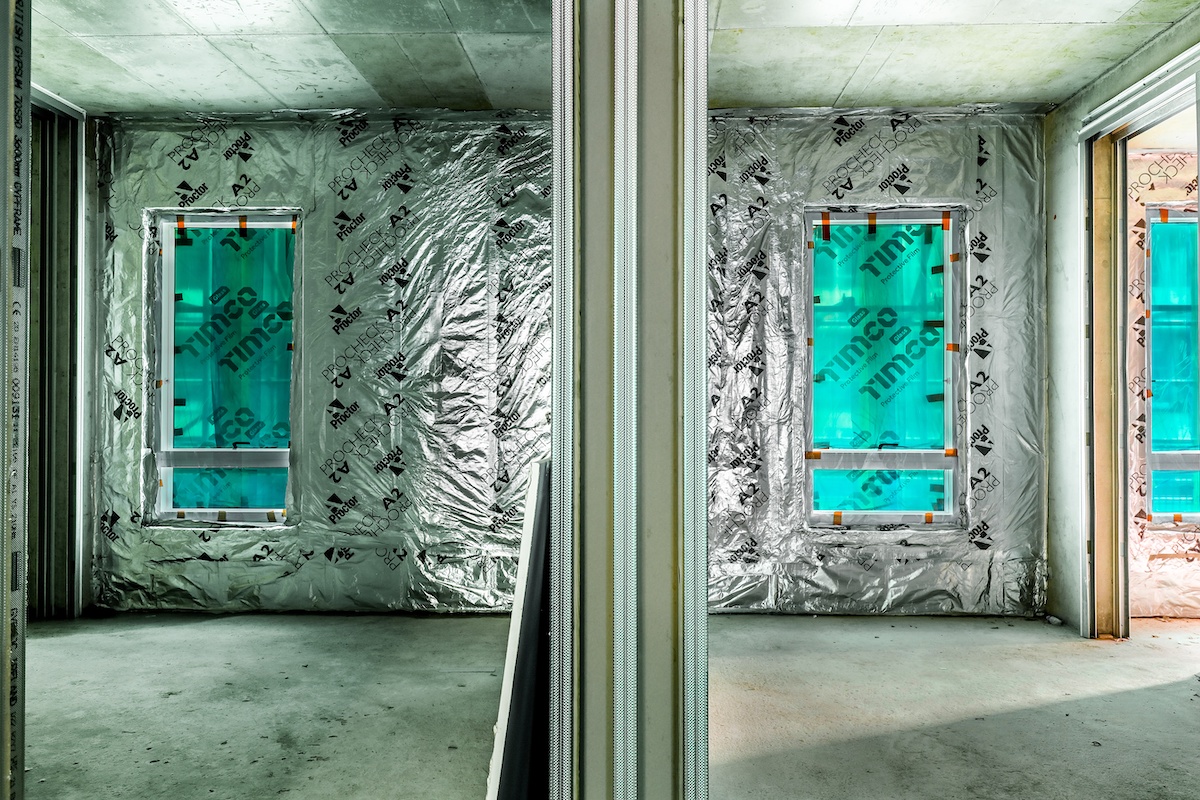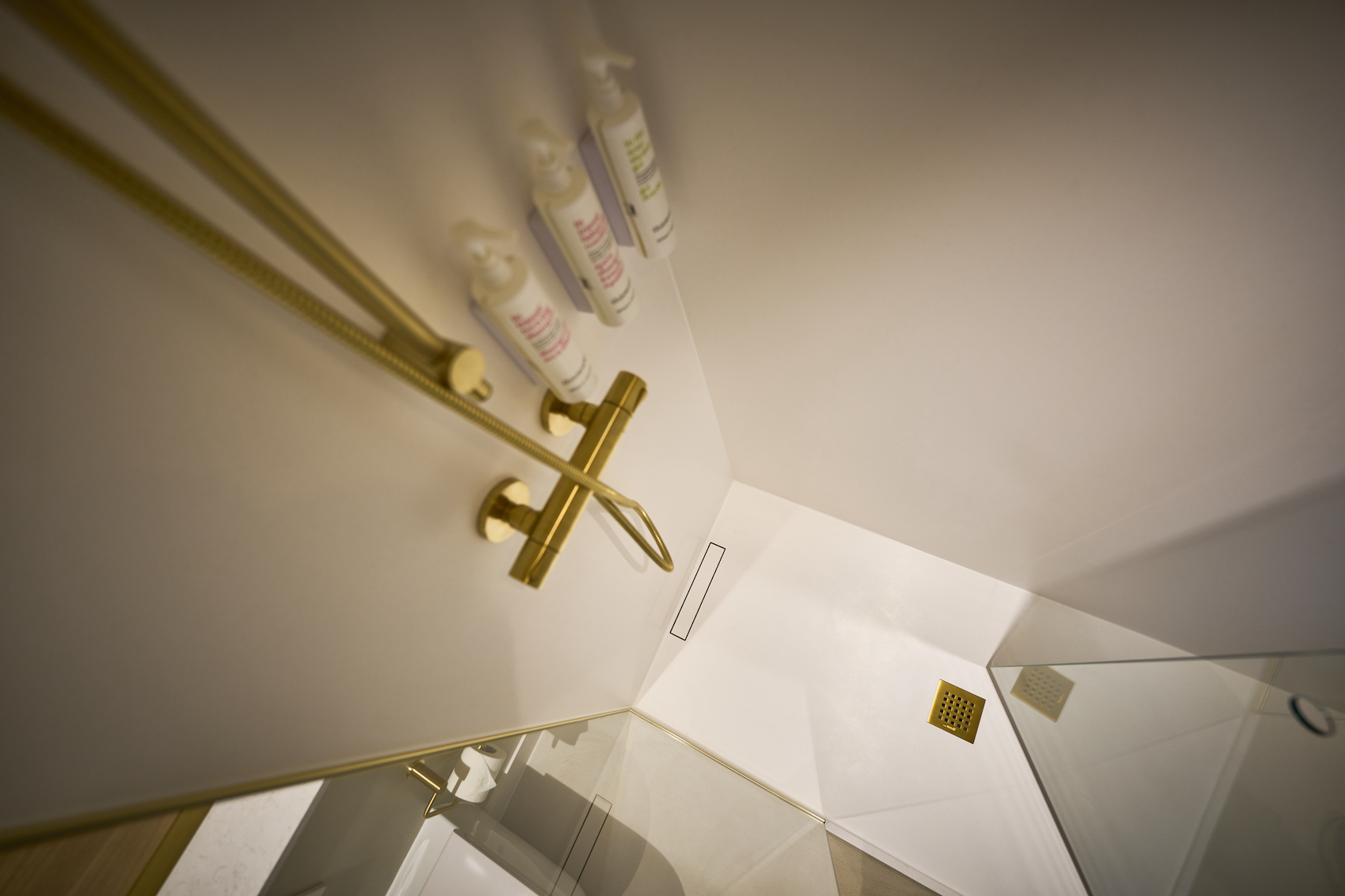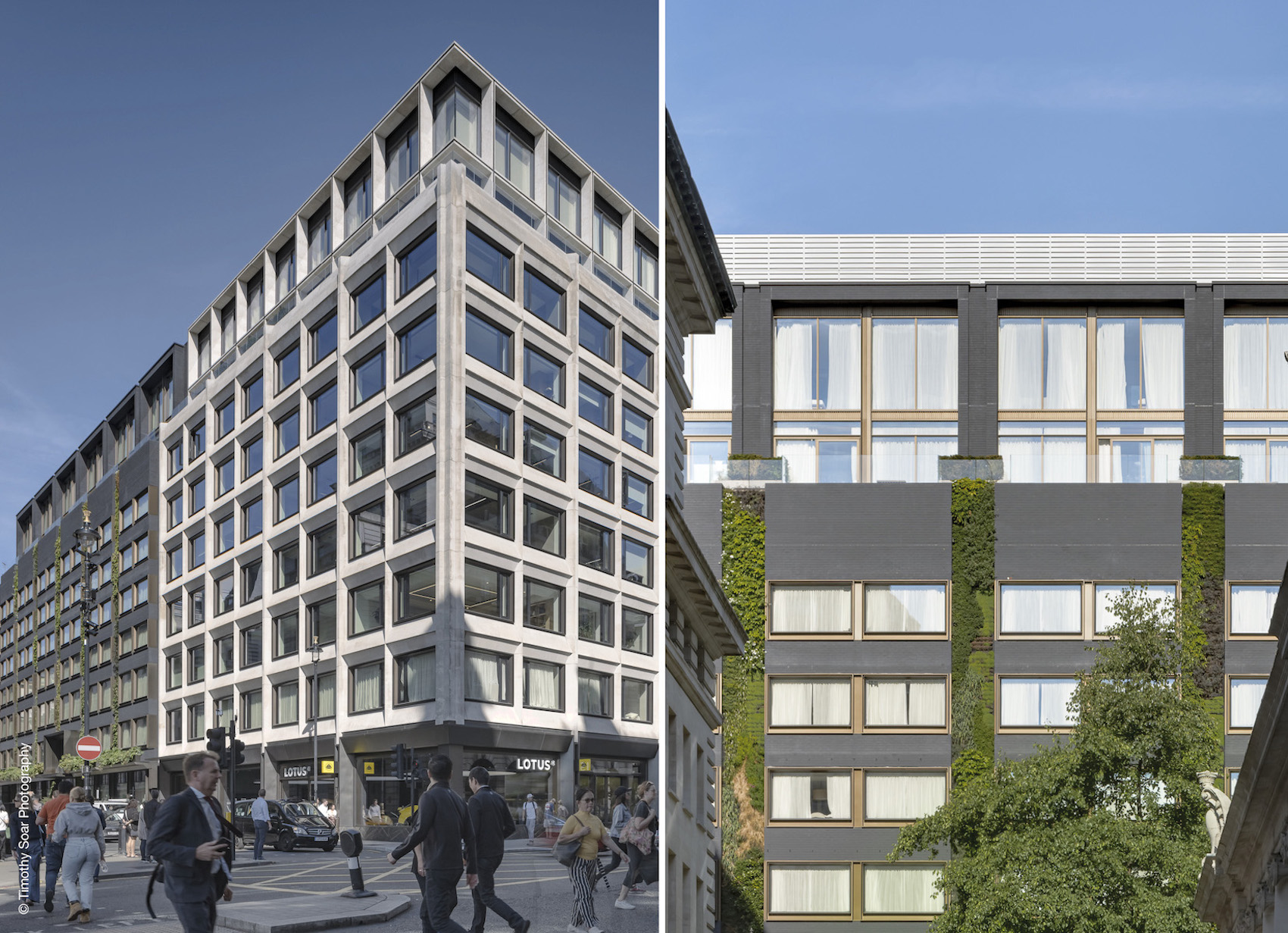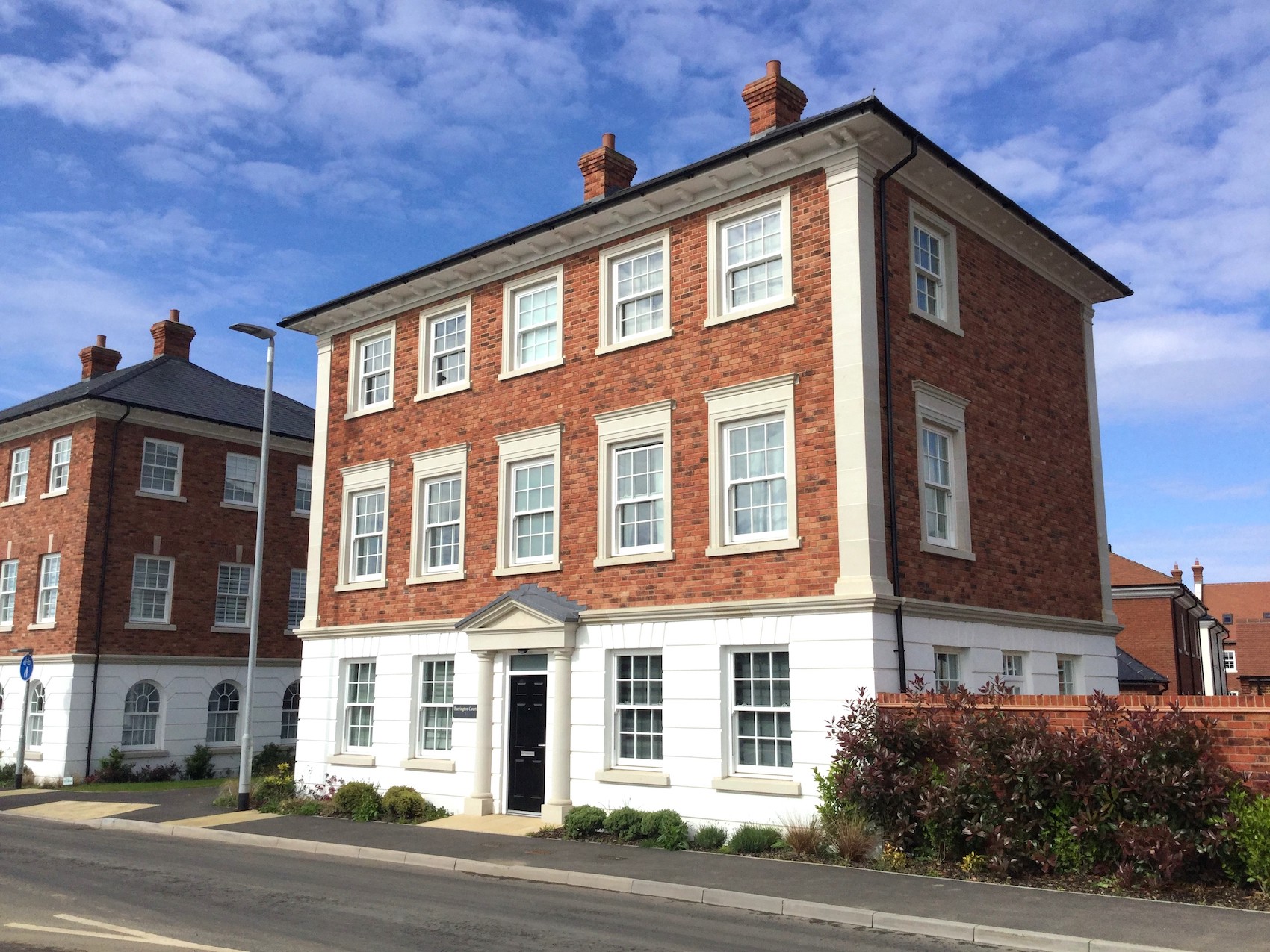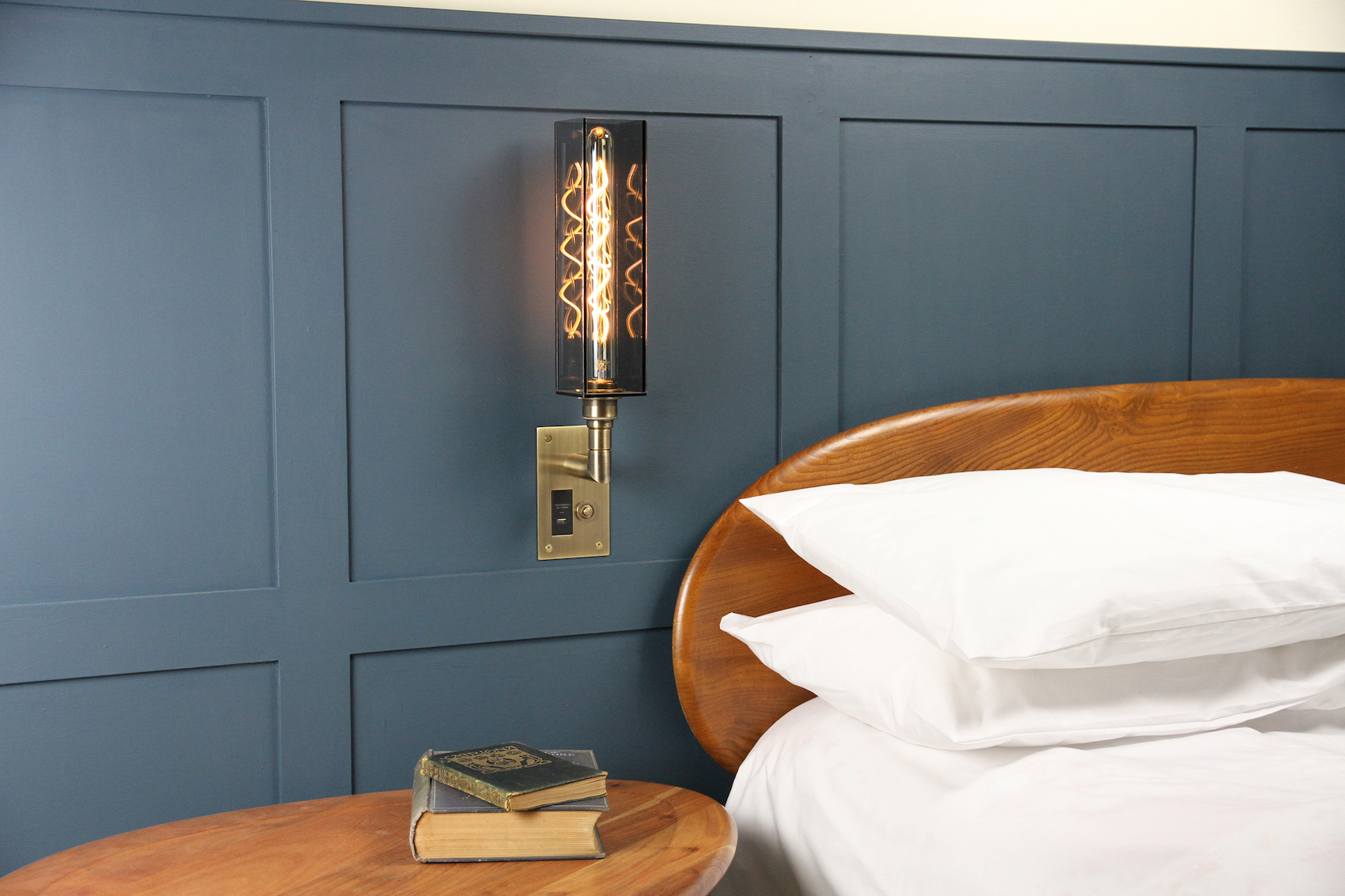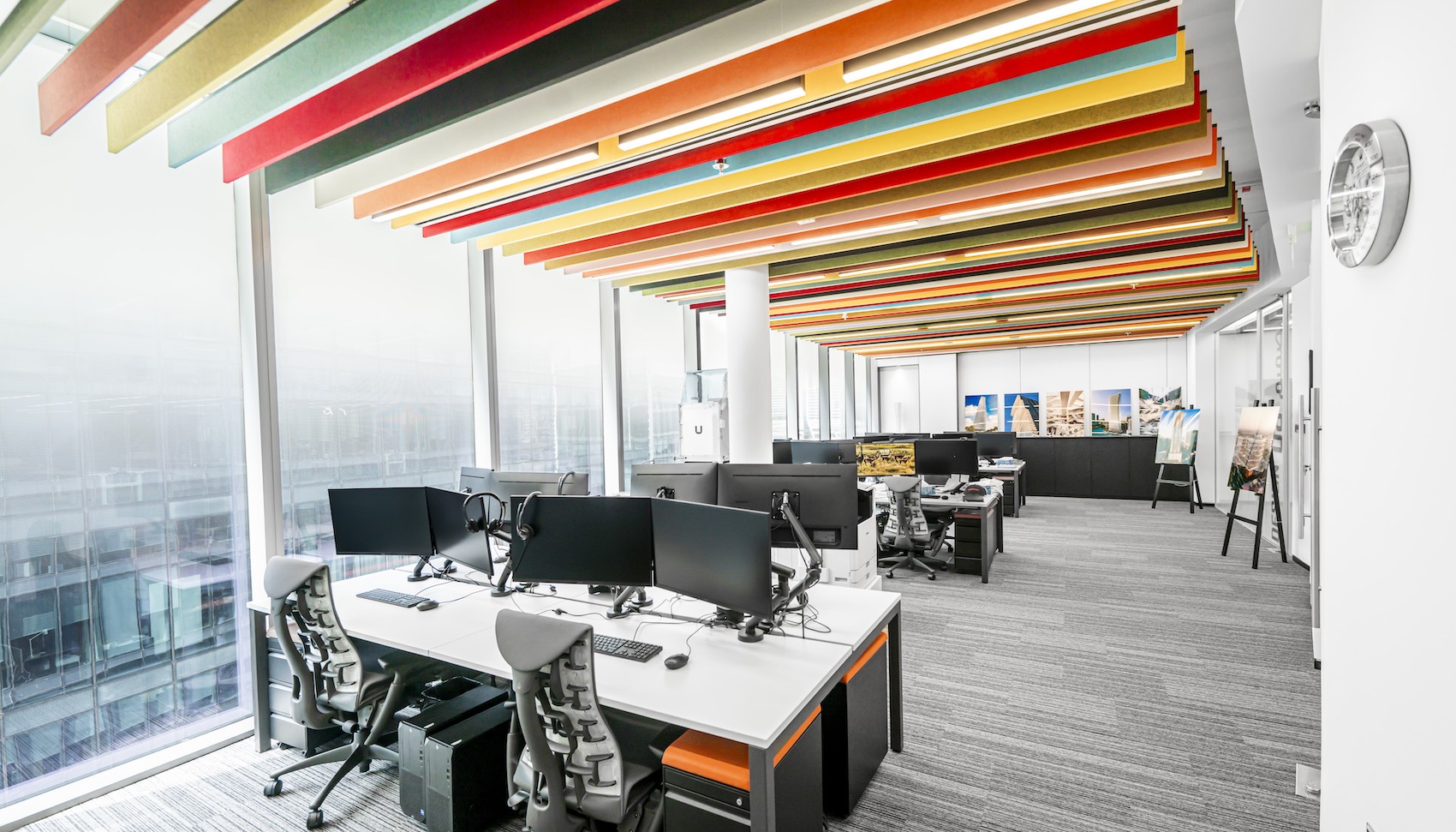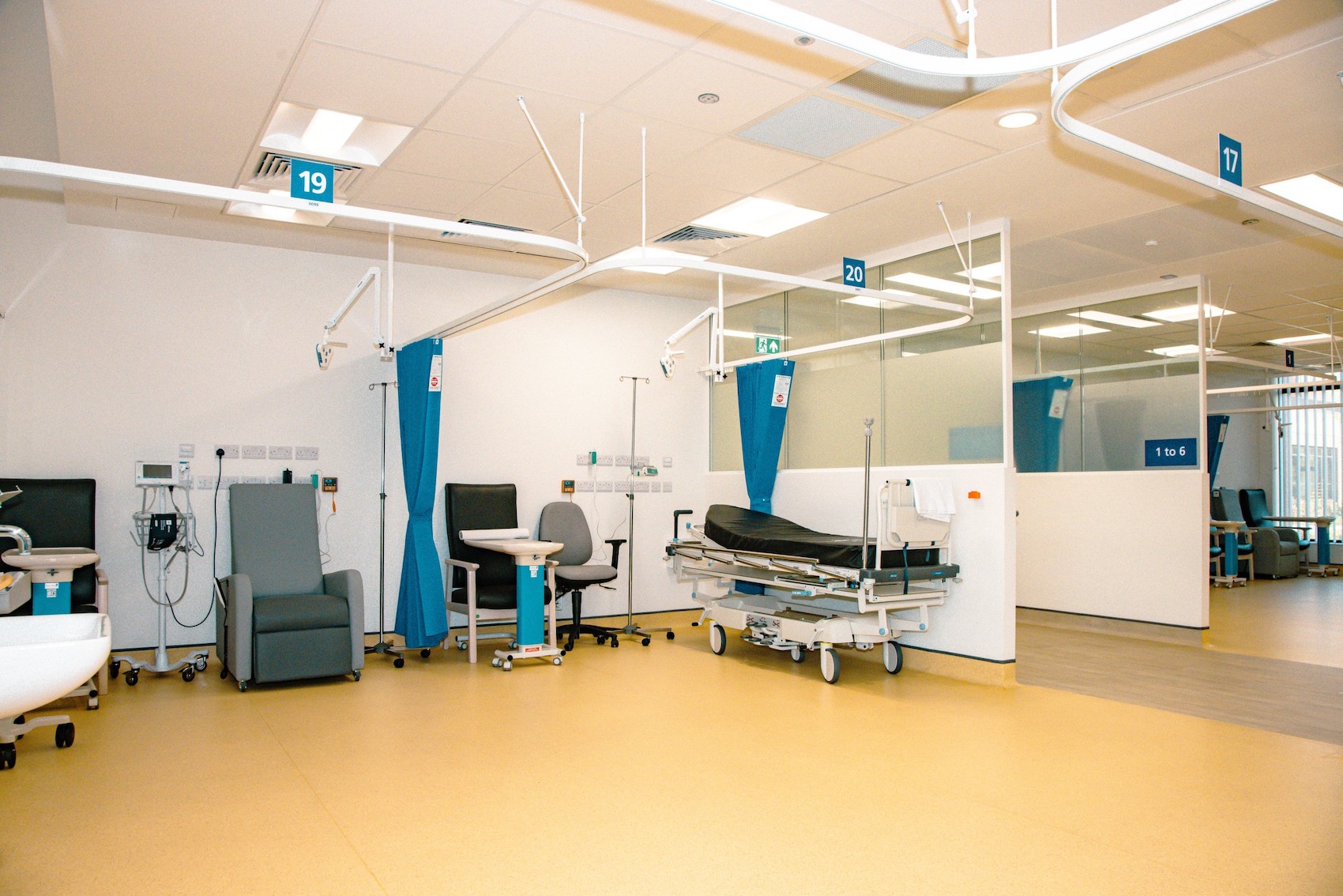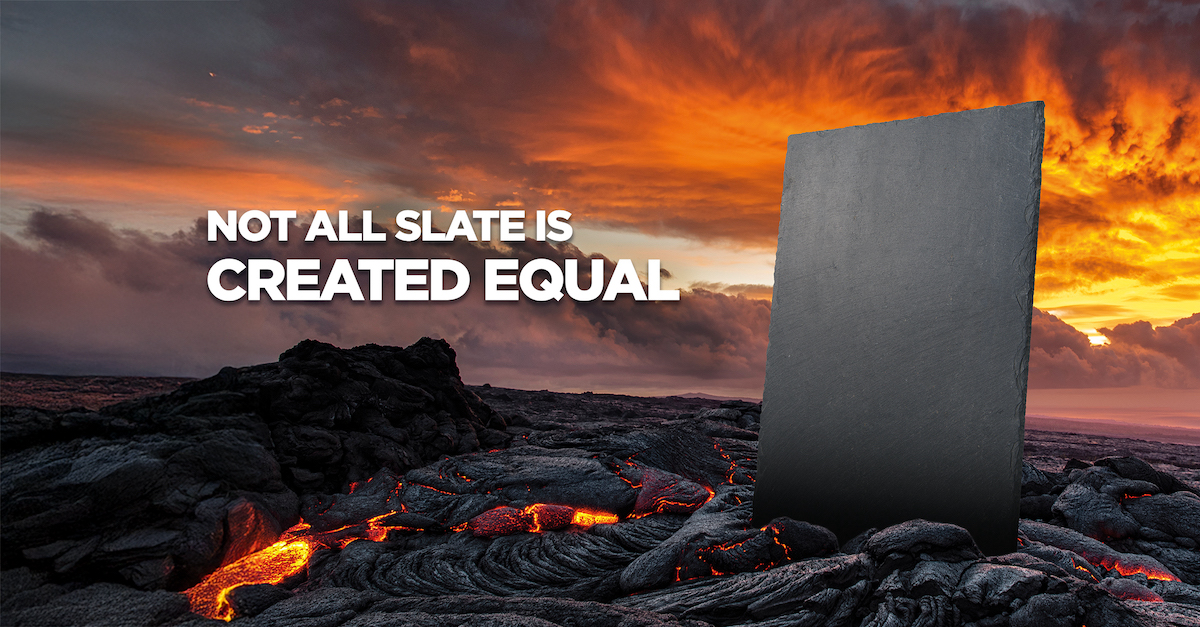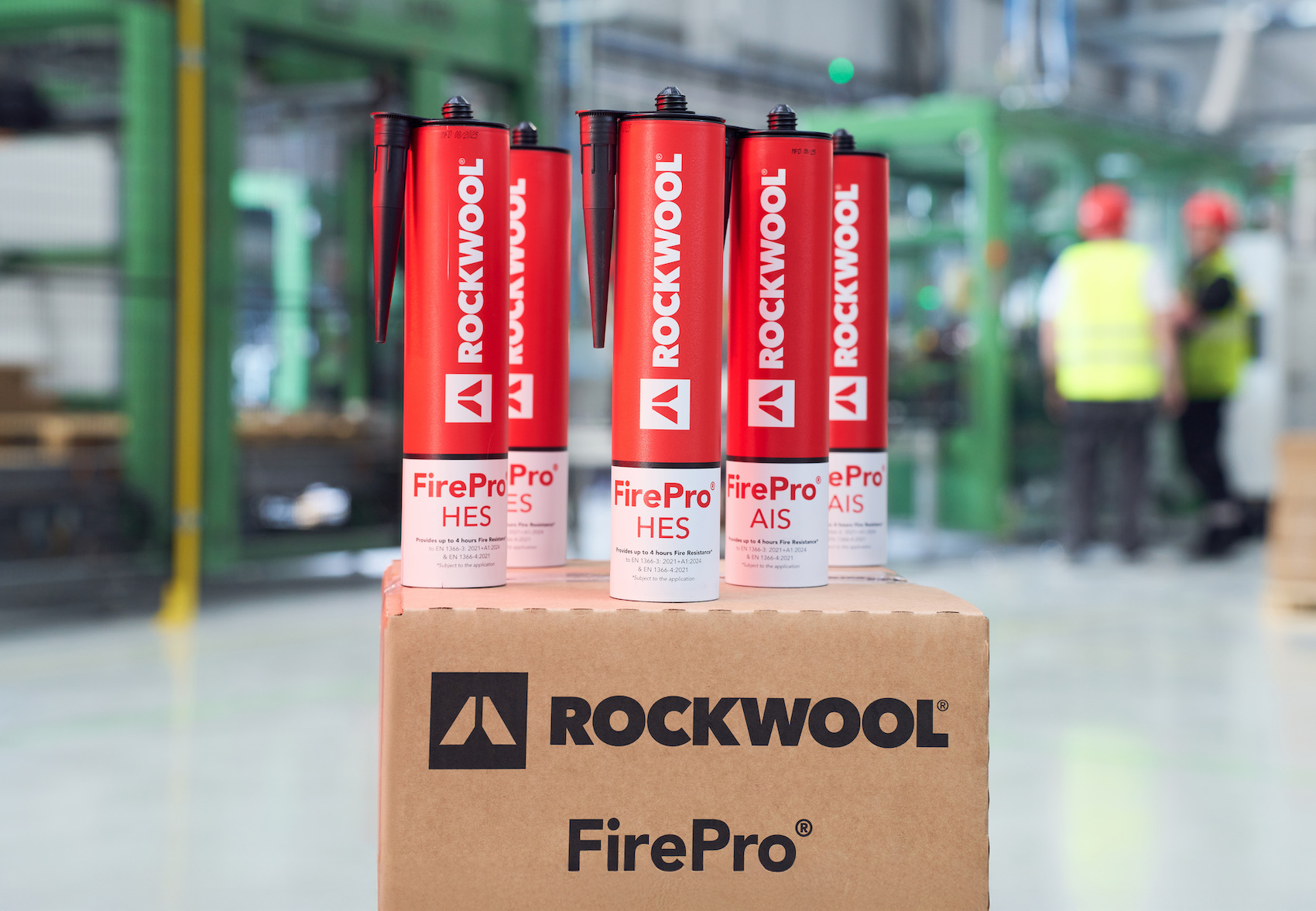The ability of building membranes to meet the increased standards of fire performance can be limited by their necessary function. The nature of the materials used to make a product that offers airtightness and vapour permeability may make non-combustibility difficult to achieve. The need to balance performance was recognised in amendments to Approved Document B, with the inclusion of a list of exemptions from non-combustibility requirements in relevant buildings. Nevertheless, the expectation has been for manufacturers to work to offer equivalent products capable of achieving better fire performance. A.Proctor Group has offered membrane products with a fire performance declaration for many years, and we have expanded the range of options in response to the industry’s changing requirements.
What is a membrane’s reaction to fire?
This is assessed by testing and classification to BS EN 13501-1 and all of our membranes will have been assessed under this Harmonised Standard. Through testing, our Wraptite®, Procheck® FR200 and Fireshield® membranes achieve Class B, s1-d0, while Probreathe® A2, Probreathe® A2 Air and Procheck® A2 achieve Class A2, s1-d0. These classifications show that the products can help to resist the spread of flame, as they make limited contribution to fire.
Membranes are thin products and generally have little calorific value. In terms of whole-building fire safety, a membrane’s role in a fire depends on how they are installed and fixed in the whole construction. This can be established with through wall testing to measure the fire resistance of a complete build-up. In that context, does the membrane play its part – however limited that might be – in the full system performing as it needs to?
What are the risks with product substitutions?
Adhering a membrane can provide a complete ‘seal’ to the substrate, eliminating any pockets of air which could provide fuel to a fire. However, mechanical fixing can allow the formation of air gaps behind the membrane, which may provide fuel to the fire and a lower airtightness performance due to lateral bypass. And where membrane laps are taped, how does the tape impact on performance?
A.Proctor Group tests fire performance membranes with taped overlaps, where applicable, to provide extra reassurance. Proposing a product substitution for an ‘equivalent’ membrane solution does not guarantee that the alternative has been tested in the same way. Modifying through-wall build-ups changes fire safety outcomes, and you can never expect a fire to behave as you ‘want’ it to.
Higher-risk projects must demonstrate decision-making about specifications throughout the design and construction process. While fire engineers can assess limited modifications to tested build-ups, culture change and strict insurance requirements are making it even more important that what is installed on site is what was specified in the first place.
A Proctor Group is happy to discuss any aspect of our membranes’ fire performance. For further information and product details, visit https://proctorgroup.com/fire-solutions or email our technical department at contact@proctorgroup.com.
Visit our homepage at https://proctorgroup.com/ or connect with A.Proctor Group on LinkedIn.


